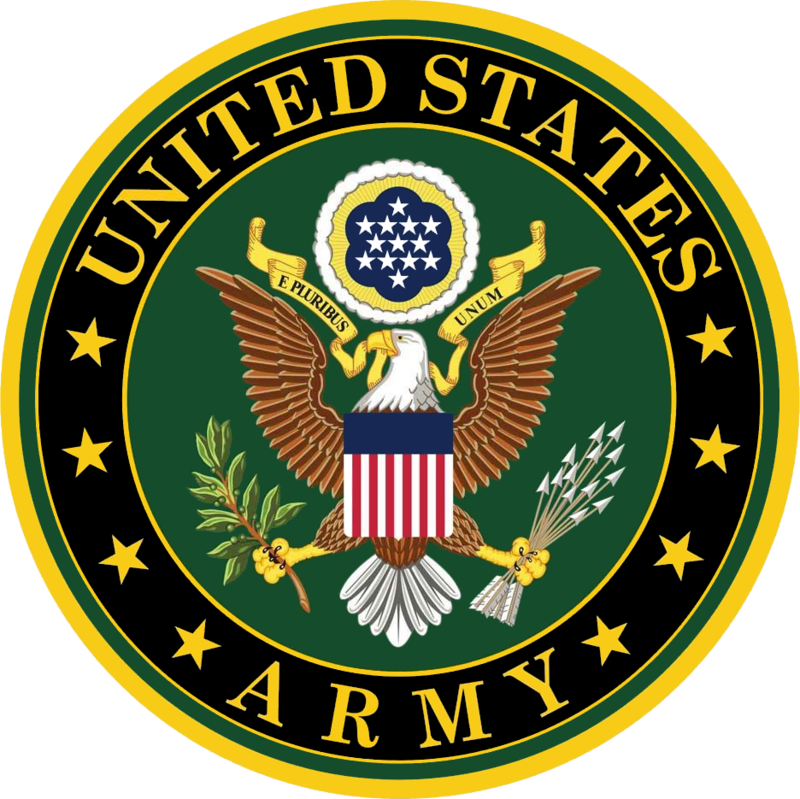ABOUT ''c''det. 1st mibars
- Origins in the Cold War: "C" Detachment, 1st Military Intelligence Battalion, Aerial Reconnaissance Support (1st MIBARS), was established during the Cold War to provide critical aerial intelligence for U.S. Army operations in Europe.
- Highly Specialized Mission: The unit specialized in imagery intelligence (IMINT), using fixed-wing aircraft and advanced camera systems to monitor enemy movements and battlefield changes.
- Support to VII Corps: "C" Det. 1st MIBARS was frequently assigned to support the U.S. Army's VII Corps, providing vital reconnaissance and targeting information during exercises and real-world contingencies.
- Participation in Operation Desert Storm: Elements of 1st MIBARS, including "C" Detachment, played an important role in collecting intelligence during the 1991 Gulf War, helping to locate enemy forces and assess battle damage.
- Use of the RU-21 Aircraft: The unit operated RU-21 aircraft, modified Beechcraft King Air planes equipped with sophisticated sensors for electronic and photographic reconnaissance.
- Secret Missions: Many of the detachment's missions involved clandestine overflights near the borders of Warsaw Pact countries, gathering intelligence that was often classified at the highest levels.
- Joint Operations: "C" Det. frequently worked alongside other U.S. intelligence agencies, including the National Security Agency (NSA) and Central Intelligence Agency (CIA), sharing critical reconnaissance data.
- Technological Innovation: The unit was an early adopter of digital imagery and real-time data transmission, pioneering methods that would later become standard in military intelligence operations.
- Decorated Service: Members of "C" Detachment received multiple commendations for their work, including Army Commendation Medals and Meritorious Unit Citations.
- Legacy and Transition: After the Cold War, elements of 1st MIBARS, including "C" Detachment, were reorganized or inactivated as part of broader Army restructuring, but their legacy continues in today’s military intelligence aerial units.

